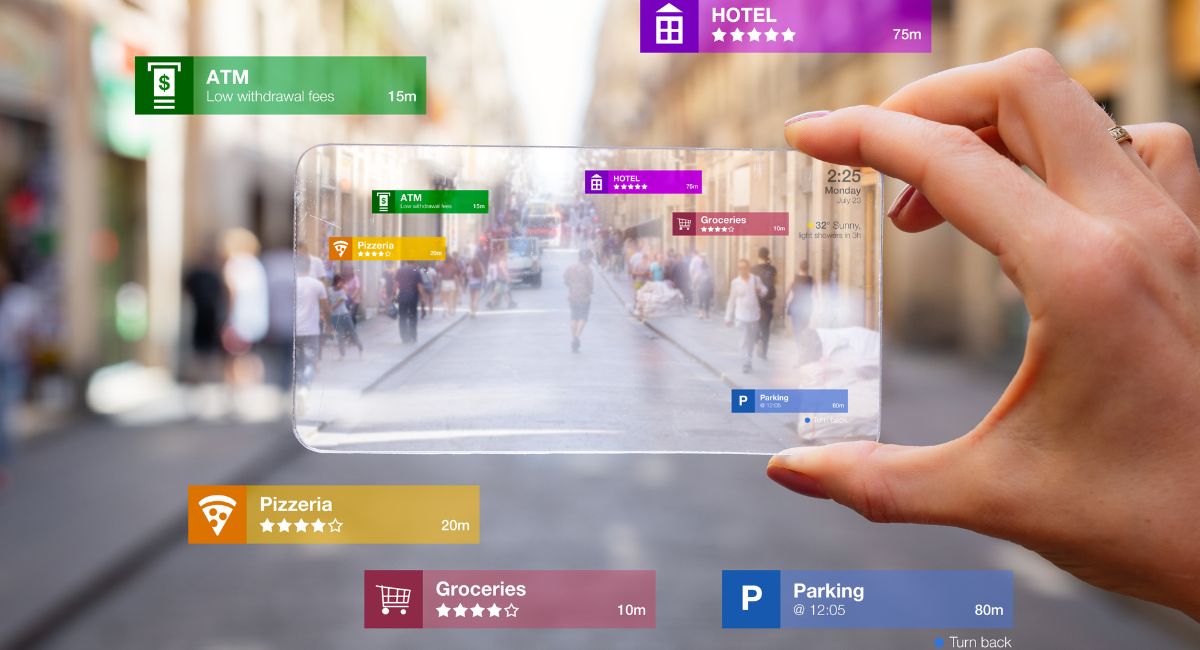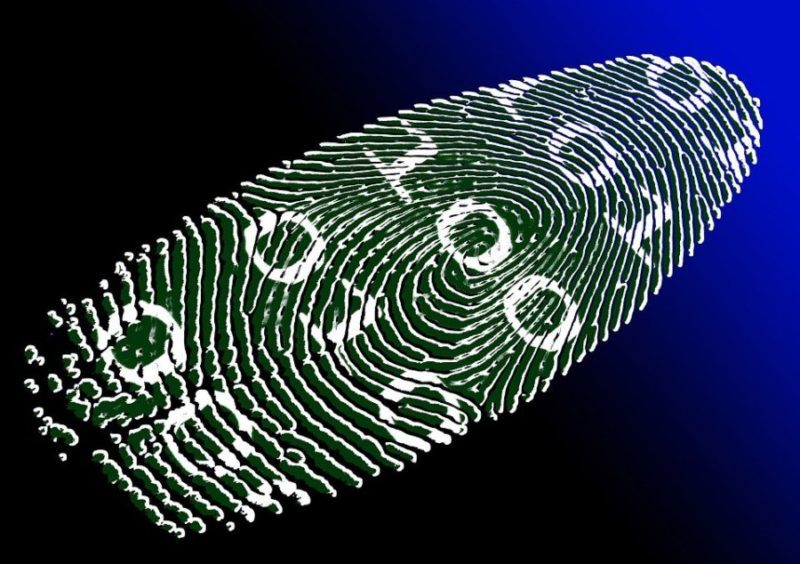Augmented Reality: AR in Healthcare With Examples And Benefits
Augmented Reality (AR) is revolutionizing the healthcare industry, enabling medical professionals to provide better care to patients and improving overall health outcomes. AR technology enhances the real world by overlaying digital information onto physical objects, allowing medical professionals to visualize and interact with information in a more immersive and engaging way. In this article, we will explore some clear examples of AR in healthcare and discuss the top five benefits of using AR in the medical field.
Top 10 examples of AR in Healthcare
Augmented Reality (AR) technology is transforming the healthcare industry by providing a more immersive and engaging way to visualize and interact with medical information. Here are ten clear examples of how AR is being used in healthcare:
▪ Virtual Reality (VR) and Augmented Reality (AR) in Healthcare: These technologies are changing the way we approach patient care, from surgical simulations to mental health therapy.#virtualreality #aungmentedreality #ar #vr pic.twitter.com/VANAkRUjyk
— 🧠 NeuroCare.AI (@neurocareai) May 3, 2023
- Surgical Planning: AR technology can be used to create 3D models of patient anatomy, allowing surgeons to visualize and plan complex procedures more accurately. By overlaying digital images onto a patient’s body, AR technology can help surgeons to identify potential risks and plan the best course of action.
- Medical Education: AR technology is being used to provide medical students with hands-on training in a safe and controlled environment. AR headsets can simulate surgical procedures, allowing students to practice and improve their skills before performing them on real patients.
- Patient Education: AR technology can be used to educate patients about their medical conditions and treatments. For example, AR apps can overlay images and animations onto a patient’s body, helping them to better understand their condition and the procedures they will undergo.
- Medical Imaging: AR can be used to enhance medical imaging, enabling medical professionals to better visualize and analyze data. For example, AR can be used to overlay digital images onto a patient’s body, helping surgeons to plan and perform surgeries more accurately.
- Rehabilitation: AR can be used in rehabilitation programs to help patients recover from injuries and illnesses. For example, AR games can be used to make physical therapy more engaging and effective.
- Telemedicine: AR technology can be used to facilitate telemedicine consultations, enabling doctors to provide remote care to patients. AR headsets can be used to examine patients remotely, allowing doctors to visualize medical data and interact with patients in real-time.
- Mental Health: AR technology can be used in mental health treatment, providing patients with immersive experiences to help them overcome anxiety, phobias, and other mental health conditions.
- Emergency Response: AR technology can be used to provide emergency responders with real-time information about patients and their medical conditions. AR headsets can be used to visualize patient data and provide instructions for emergency procedures.
- Medical Research: AR technology can be used to visualize medical data in new ways, enabling researchers to identify patterns and relationships that might not be visible with traditional data visualization tools.
- Medical Marketing: AR technology can be used in medical marketing campaigns to provide customers with immersive and engaging experiences. For example, AR can be used to showcase the benefits of a new medical device or treatment, allowing customers to visualize how it works and how it can improve their health.
These are just a few examples of how AR technology is being used in the healthcare industry. As the technology continues to evolve, we can expect to see even more innovative applications of AR in healthcare, improving patient outcomes and transforming the way that medical professionals provide care.
Also, read – Blockchain In Healthcare: Applications and Career Opportunities
Top 5 Benefits of Using AR in Healthcare
- Enhanced Visualization: AR technology provides medical professionals with a more immersive and engaging way to visualize medical data, enabling them to make more informed decisions.
- Improved Accuracy: AR technology can improve the accuracy of medical procedures, reducing the risk of errors and improving patient outcomes.
- Cost-Effective: AR technology can be a cost-effective way to provide medical training, reducing the need for expensive equipment and facilities.
- Increased Patient Engagement: AR technology can help patients to better understand their conditions and treatments, improving engagement and adherence to treatment plans.
- Improved Efficiency: AR technology can streamline medical procedures, reducing the time required for diagnosis and treatment.
Conclusion
AR technology is transforming the healthcare industry, providing medical professionals with powerful tools to enhance patient care and improve outcomes. From medical training to patient education, medical imaging to mental health treatment, the applications of AR in healthcare are vast and varied. By leveraging the benefits of AR technology, medical professionals can provide more personalized and effective care to their patients, while also reducing costs and improving efficiency. The future of healthcare looks bright with the integration of AR technology, and we can expect to see many more innovative applications of this technology in the years to come.
Stay informed with daily updates from Blockchain Magazine on Google News. Click here to follow us and mark as favorite: [Blockchain Magazine on Google News].
Get Blockchain Insights In Inbox
Stay ahead of the curve with expert analysis and market updates.
latest from tech
Disclaimer: Any post shared by a third-party agency are sponsored and Blockchain Magazine has no views on any such posts. The views and opinions expressed in this post are those of the clients and do not necessarily reflect the official policy or position of Blockchain Magazine. The information provided in this post is for informational purposes only and should not be considered as financial, investment, or professional advice. Blockchain Magazine does not endorse or promote any specific products, services, or companies mentioned in this posts. Readers are encouraged to conduct their own research and consult with a qualified professional before making any financial decisions. The featured image used is just a creative depiction of the title and it does not intend to hurt sentiments of any person or institution. If it hurts anyone sentiments, please do not hesitate to reach out to Blockchain Magazine.

 Bitcoin
Bitcoin  Ethereum
Ethereum  XRP
XRP  Tether
Tether  Solana
Solana  Dogecoin
Dogecoin  USDC
USDC  Cardano
Cardano  Lido Staked Ether
Lido Staked Ether  TRON
TRON  Chainlink
Chainlink  Avalanche
Avalanche  Sui
Sui  Wrapped stETH
Wrapped stETH  Wrapped Bitcoin
Wrapped Bitcoin  Toncoin
Toncoin  Stellar
Stellar  Hedera
Hedera  Shiba Inu
Shiba Inu  Polkadot
Polkadot  WETH
WETH  LEO Token
LEO Token  Litecoin
Litecoin  Bitcoin Cash
Bitcoin Cash  Hyperliquid
Hyperliquid  Bitget Token
Bitget Token  Uniswap
Uniswap  Official Trump
Official Trump  USDS
USDS  Wrapped eETH
Wrapped eETH  Pepe
Pepe  NEAR Protocol
NEAR Protocol  Ethena USDe
Ethena USDe  Aave
Aave  Aptos
Aptos  Internet Computer
Internet Computer  Ondo
Ondo  WhiteBIT Coin
WhiteBIT Coin  Ethereum Classic
Ethereum Classic  Monero
Monero  Mantle
Mantle  Cronos
Cronos  POL (ex-MATIC)
POL (ex-MATIC)  Render
Render  Dai
Dai  Algorand
Algorand  OKB
OKB  Artificial Superintelligence Alliance
Artificial Superintelligence Alliance 




